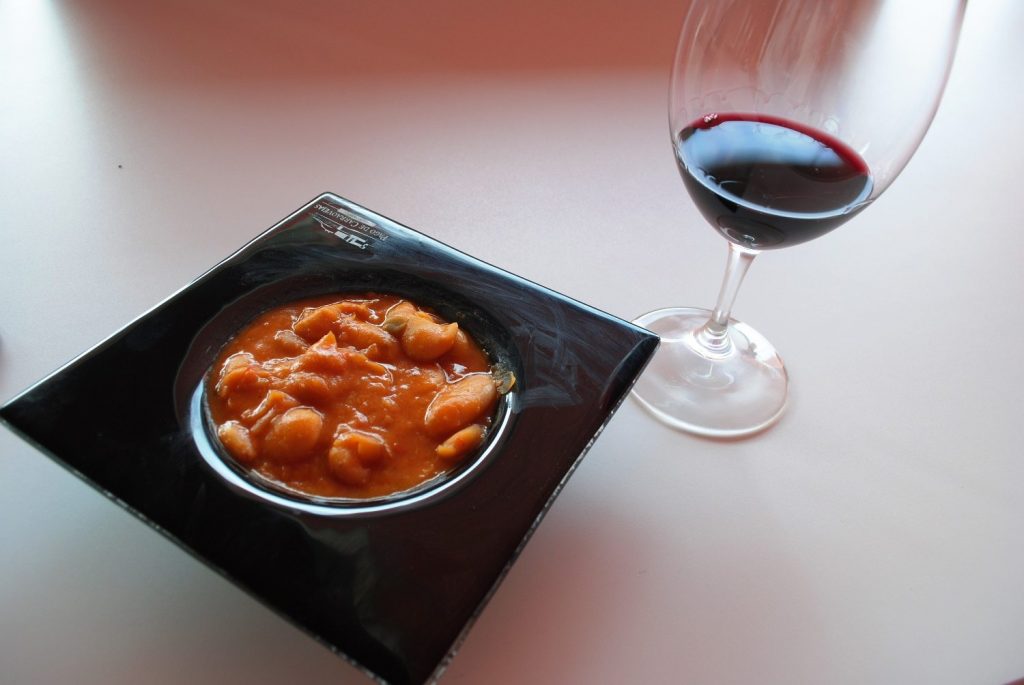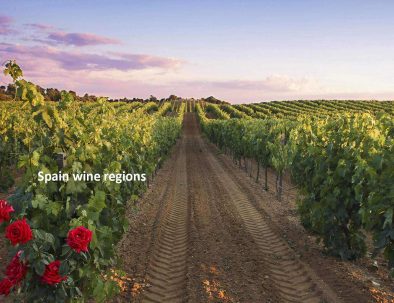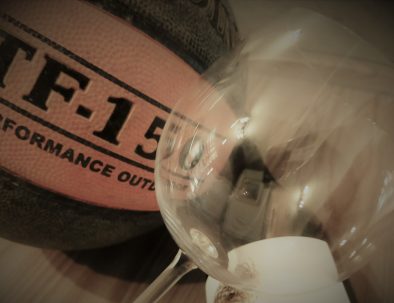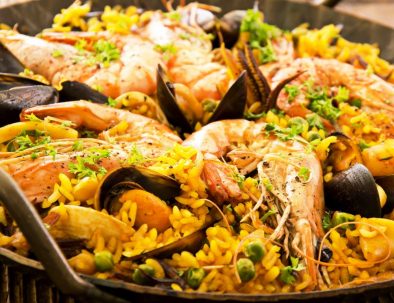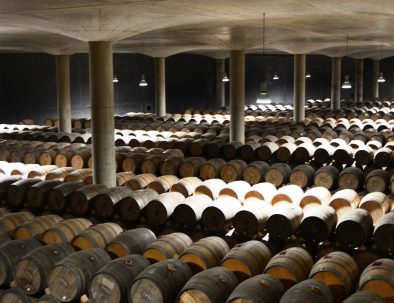
Best wineries in Spain
Selection of some of the best wineries in Spain due to their architecture.
Saying that something is the best thing is difficult. The best for whom?
Each person has a taste. In the case of wine, this becomes even more complicated. Wine is… different?
… Read More

